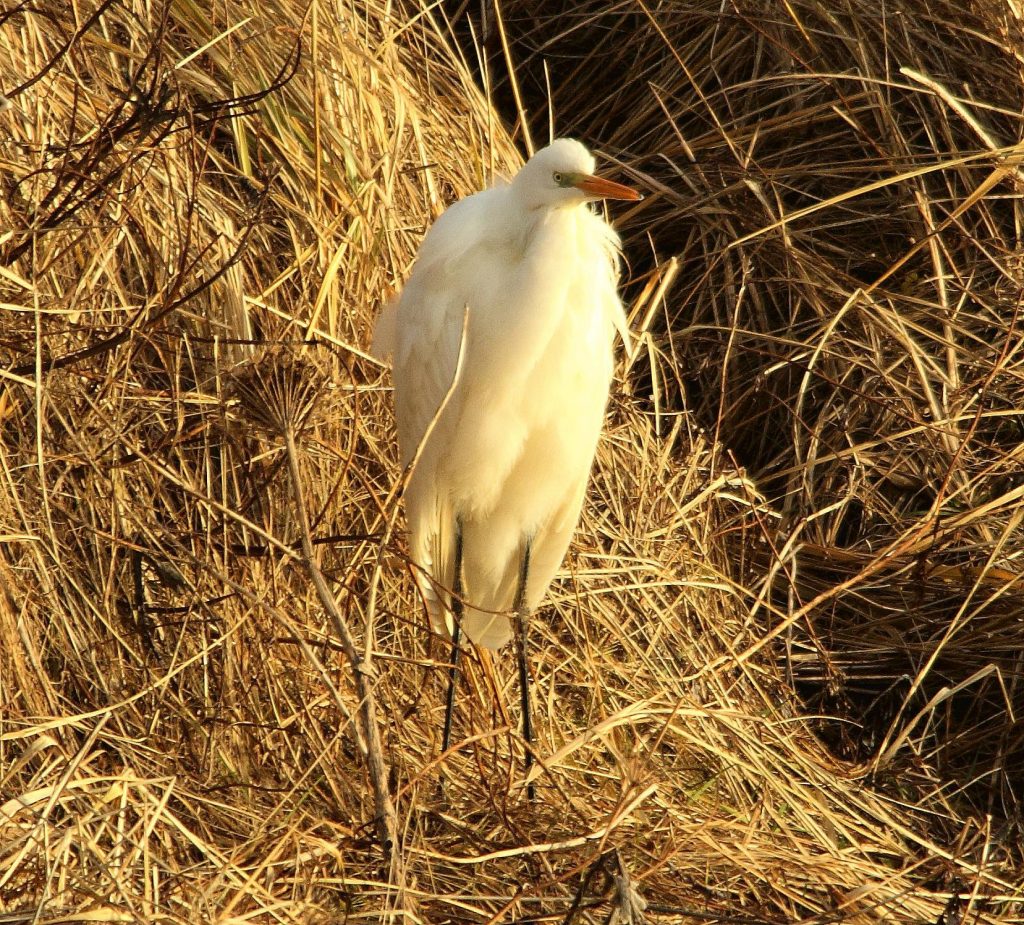There are two late fall (early winter) records of this species that come from St. Paul Island. This species is a rarity in Alaska from either side, with all records from western Alaska confirmed or presumed to be of Asian origin. Most records of this species in the Bering Sea region have come from early spring or very late fall, which falls outside of the normal presence of observers in the region. It would be most likely to re-sight this species in April-May or October-November in future years.


